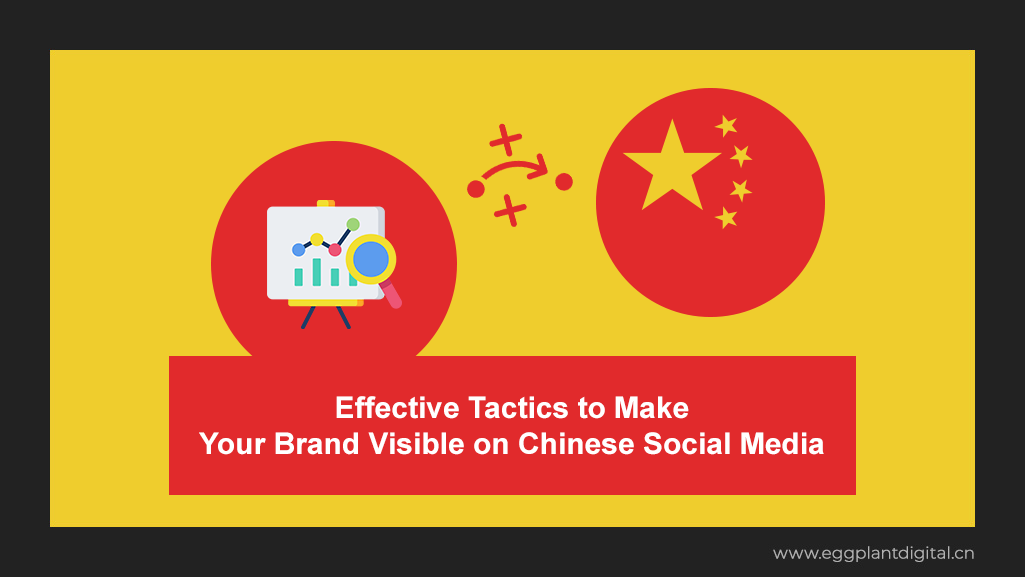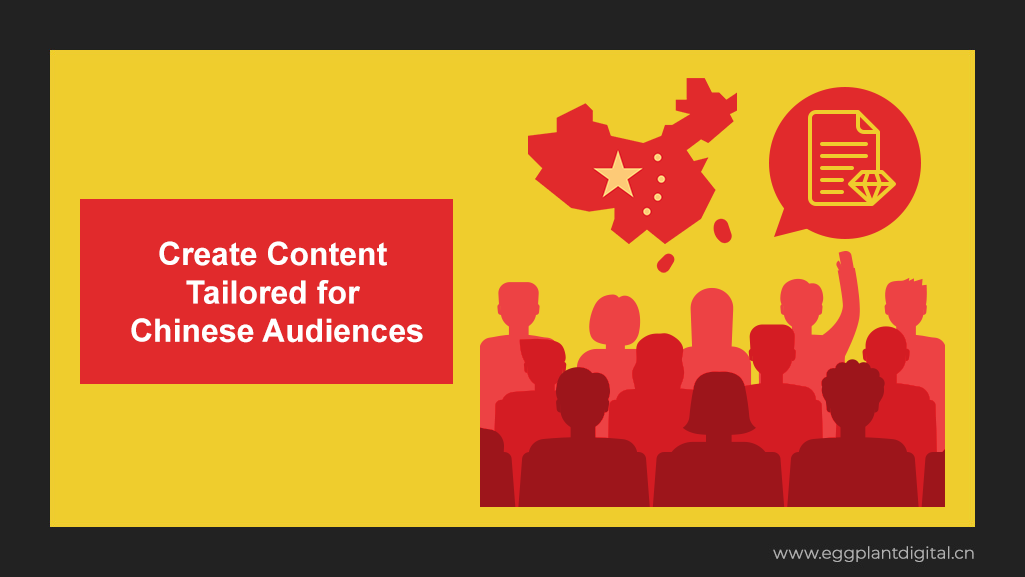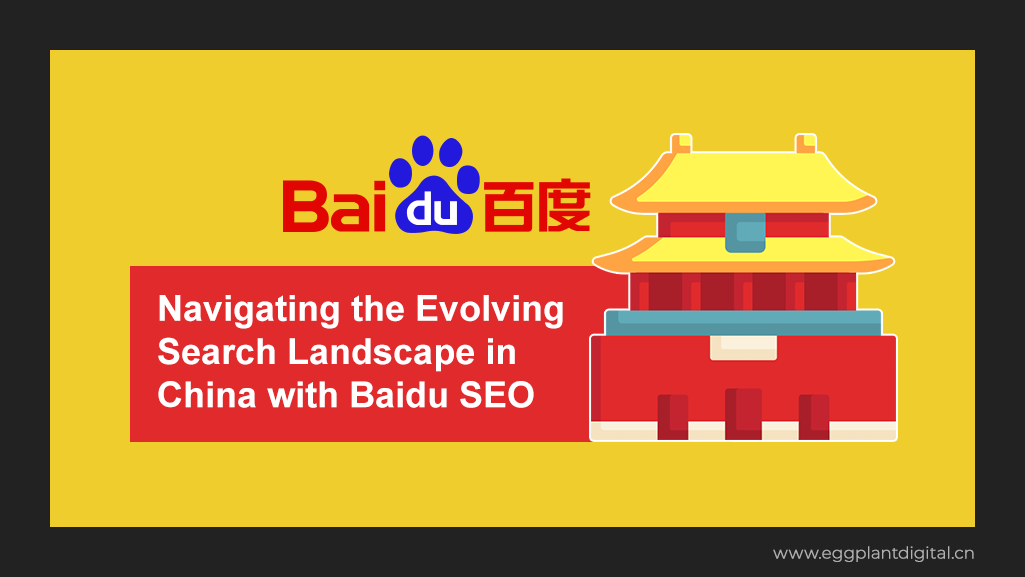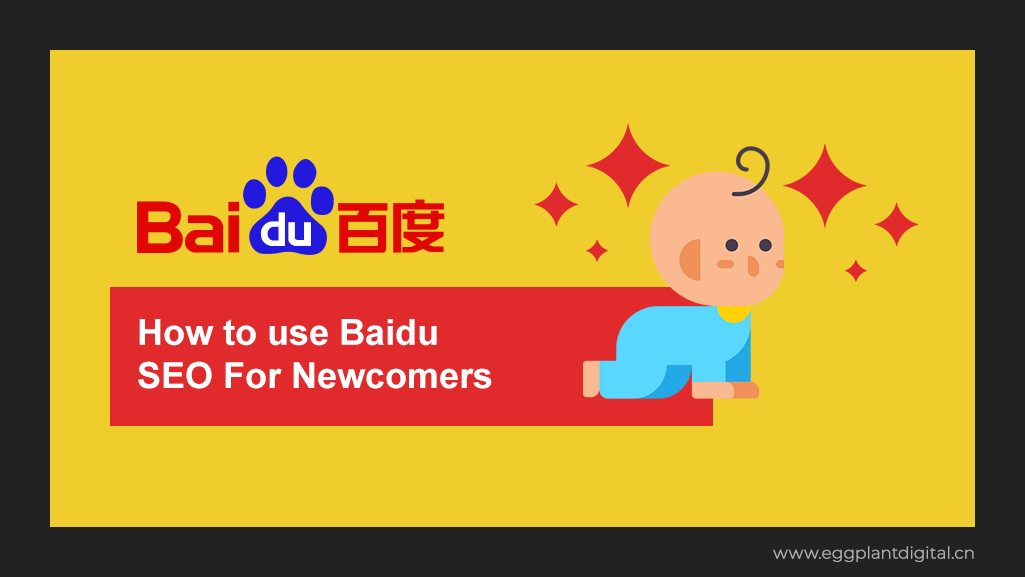If you read the first part of our series, Baidu SEO for newcomers, we explored…
How To Use Social Media Marketing in China to Promote Your Brand in 2023
The world’s most populous country, China, can clearly be a hugely important market for your brand. Social media marketing is now essential to reach more customers wherever you sell. Yet, China is a unique market in many ways. It has some big differences from the Western social media landscape, including when it comes to its social media landscape. Platforms such as Facebook, TikTok, and Twitter (now known in 2023 as X) do not have a presence here.
China has its own unique social media platforms. Explore how you can better use social media marketing in China to increase your brand awareness…
China’s Most Popular Social Media Sites and Platforms
WeChat (微信) – China’s “Super-App” created by Tencent, with everything you need for your daily life. WeChat (known in China as Weixin) is the most popular social media platform in China, with over 1 billion daily active Chinese social media users. Beyond just a Chinese social media app, WeChat is essentially a ‘one-stop’ app that you can use to buy everyday items, transfer money, book taxis, or even book flights.
WeChat’s notable features include:
- WeChat Moments – a Facebook newsfeed look-a-like, allowing users to share updates, photos, and articles
- WeChat Search – using search functionality, users can look for content within the platform, like official accounts or in-app eCommerce platforms; they can also find content from the internet (via the Sogou search engine)
- WeChat Pay – a digital wallet to make mobile payments and money transfers
- WeChat Mini Programs – apps within an app, WeChat Mini Programs are custom built apps that open direcly inside WeChat.
Douyin (抖音) – A Leading Chinese App for Short-Video Content
Translated into “shaking sound” in Mandarin, Douyin is a social network created by Bytedance, the makers of TikTok, with over 750 million daily active users in China. TikTok was originally a “copy” of Douyin, but now operates as a separate platform. Like TikTok, users can create, view and share short videos. Yet, unlike TikTok, which is only available outside China, Douyin, is only available for people inside China, and can only be found on the China App Stores. For ease, just call it “China-only TikTok” in your mind.
Chinese internet users rely on this app when they’re searching for entertainment and inspiration. This makes this app the perfect place for China advertising. Examples of luxury brands that created marketing campaigns in China using Douyin are Michael Kors, Oreo, Pizza Hut, and Adidas. Additionally, tourism or travel companies market their destinations and attractions to Chinese tourists. One thing to keep in mind about Douyin is that its audience is mostly formed of young people in their 20s or even younger. So, Douyin is the ideal social marketing app if you are targeting Gen Z shoppers.
Weibo (微博) – The Chinese Version of Twitter With a Twist
Weibo, known as the Chinese version of Twitter (X), has over 250 million daily active users and 550 monthly active users. On this platform, users can view and share news content about current affairs, brands, or celebrities. Like Twitter, it offers features like trending topics and hashtags to increase visibility. But the platform also combines features similar to those on Facebook and Instagram.
Opening a corporate Weibo account (not a regular, individual account) is essential if you want to market your products in China. A corporate Weibo account is the only way to get verified as a brand, helping you also to build credibility as a business. Additionally, Weibo followers tend to share more content from verified accounts.
The Other Top Chinese Popular Social Media Platforms
Xiaohongshu, or Little Red Book or simply Red, is known as China’s answer to Instagram and Pinterest. Xiaohongshu is famous for following and sharing content about fashion and celebrities. It has over 200 million daily active users.
Red is a social commerce platform where users share product photos, reviews, travel experiences, and lifestyle content. It’s popular among younger consumers and offers opportunities for influencer collaborations and user-generated content. The platform rewards users for posting suggestions and advice to other users. Brands will have first to be accepted on the platform to sell their products, but the platform also integrates delivery and customer service.
Another popular platform is Bilibili, a video-sharing platform known as “Chinese YouTube,” which has around 100 million daily active users. Subscribers use Bilibili for live streaming, in-depth videos, or teasers channeled to segments of the community interested in the same topics. It’s an early adopter tool for foreign brands, particularly those that want to showcase innovative products.
Selecting the right mix of platforms and partnering with influencers whose audiences match your targets will ensure your messaging resonates in this fast-moving, socially-driven market. Researching influencers in your space with large followings on these platforms can maximize your reach.
Effective Tactics to Make Your Brand Visible on Chinese Social Media
Create Localized Chinese Social Media Accounts
When creating accounts for these platforms, they should feel authentically Chinese while also adhering to local rules and regulations. This means having:
- Chinese language branding
- Tailored content for Chinese users
China-specific customer service and community management
For example, develop unique Chinese usernames and add a Chinese-language bio. Consistently post videos, images, and text optimized for Chinese users and the platform algorithms. Hiring Chinese locals to manage the accounts and content will make engagement more natural. Establishing a genuine presence on the right Chinese platforms lays the foundation for brands to build awareness and connect with consumers.
Also, keep in mind that Chinese cultural values are significantly different from Western values. Chinese people aren’t individualists. They place great value on family and don’t resonate well with ambiguous or overly aggressive sales messaging.
Partner with KOLs and Install a KOC Program
Chinese people are absolutely in love with KOLs. KOLs aka “key opinion leaders,” is essentially the China mainland terminology for what is known in the West as an influencer.
Collaborating with key opinion leaders (KOLs) and key opinion consumers (KOCs) is invaluable for amplifying brand awareness and credibility with Chinese audiences. KOLs are well-known in the public eye and brands have been using them to build up their brand awareness.
However, KOCs are a relatively new concept. Similar to influencers, they are everyday consumers who’ve built up a following on social media, usually with relatively small amounts of followers. they can connect with the customers on a level that a KOL may not be able to. The customers can see themselves in the KOC.
Both KOLs and KOCs can play a big part in building up the awareness of your brand, so you should take them into account.
You can conduct research to identify top influencers in your niche with engaged followings and content that aligns with your positioning. Also, you can vet potential partners in terms of authenticity, quality, creativity of content, and follower engagement rates. Developing an official KOL program can help build long-term relationships through exclusive content, events, discounts, and early access to products.
On the other hand, installing a KOC program can also be beneficial. Xiaohongshu can be an ideal platform due to its algorithm’s tendency to favour small or emerging accounts. Just as with KOLs, you should first identify KOCs in your niche. Then, you can send them gifted products, hoping for positive reviews and exposure. For those KOCs who garner genuine engagement and interest around your brand through this, you can arrange paid partnership campaigns with stand-out voices.
This allows you to test the partnership waters with little risk – only covering the costs of gifted products and shipping. Finally, you can formalize relationships with your most effective KOCs through post-campaign marketing deals, collaborations, and ambassador programs. This process starts small through gifting and builds towards a bigger payoff through formalized influencer marketing. When executed well, KOC programs enable brands to benefit from word-of-mouth promotion and the credibility of real consumer advocates.
Create Content Tailored for Chinese Audiences
It’s essential for brands to tailor their content to Chinese cultural preferences and leading platform formats. For example, vibrant visuals and short-form video content perform well on Douyin and Weibo. WeChat favors bite-sized content due to limited screen space. Xiaohongshu users appreciate high-quality photos and detailed reviews. Always ensure the text is in simplified Chinese characters.
The DOs include focusing on Chinese cultural traditions, family values, food, travel, celebrities, and positive emotions.
The DONTs include overly individualistic or foreign themes. You should adopt Chinese aesthetics and style for visuals and write engaging captions using trending hashtags and emojis. Developing creative localized content allows brands to resonate and shape positive perceptions among China’s digitally savvy consumers.
Run Contests and Social Commerce Campaigns
Running creative contests and social commerce campaigns can effectively drive participation and sales from Chinese audiences. As a brand, you can organize engaging user-generated content competitions on Weibo or WeChat, with hashtags and prizes to spur buzz and sharing. Livestream shopping events on platforms like Taobao, Xiaohongshu, or Douyin enable direct selling through product demos, reviews, and special discounts.
You can use WeChat mini-programs to drive e-commerce sales. The fact that it has WeChat integration is a big bonus here. Users don’t need to download anything else or visit another app. They can browse and purchase items without leaving WeChat.
Measure Results and Optimise
Closely monitor campaign performance and continuously optimise the strategies. Key metrics to track include impressions, engagements, video views, conversions, sentiment, and more based on each platform.
Specific key metrics for WeChat:
- monitor subscribers gained, and articles read,
- share within chat groups
- sales are driven through mini-programs
Specific key metrics for Xiaohongshu include analyzing content interactions and product reviews.
For Douyin, track video views, shares, comments, follows, and engagement rates. On Weibo, analyze post reach, shares, likes, sentiment, and traffic driven.
You can use tools like WeChat Analytics, AppsFlyer, Kochava, and Tunel to gain insights.
You should look at metrics segmented by content type, influencer partnership, geography, and demographic; see what content themes, products, and campaigns generate the highest engagement and positive sentiment.
Then, double down on what works and adjust underperforming initiatives. You should also make data-driven refinements to future content formats, production style, release schedules and campaign mechanics. Continually A/B testing and optimizing based on performance indicators will ensure social media efforts achieve maximum impact with cost-efficiency at scale.
So What Is The Next Step?
The key to effectively increasing your brand recognition and gaining traction through China’s influential consumer market is taking a localised approach to social media. With China’s unique digital ecosystem, you should keep in mind:
- Establish an authentic presence on leading platforms like WeChat, Douyin, and Weibo.
- Collaborate with relevant KOLs and KOCs.
- Create tailored content.
Run your own engaging campaigns using Chinese social media sites and apps. Continuously optimise them based on your data.
While you do need to invest some resources to develop your own strategies on Chinese social media trends, it’s worth putting in the time if you have an offering that is compatible with businesses and consumers in mainland China. The country’s high internet penetration and the way Chinese consumers’ use social media as a e-commerce tool, create tremendous opportunities for awareness-building.
If your brand targets social initiatives to generate word-of-mouth and direct engagement with audiences in China, you will be well-positioned to achieve some solid results for your business.
If you want to know what exactly you can do to boost your China presence, then check out our service page to get some ideas. If you need something more specific, we’re more than happy to chat marketing in China, so take 20 seconds to drop us a message.








This Post Has 0 Comments